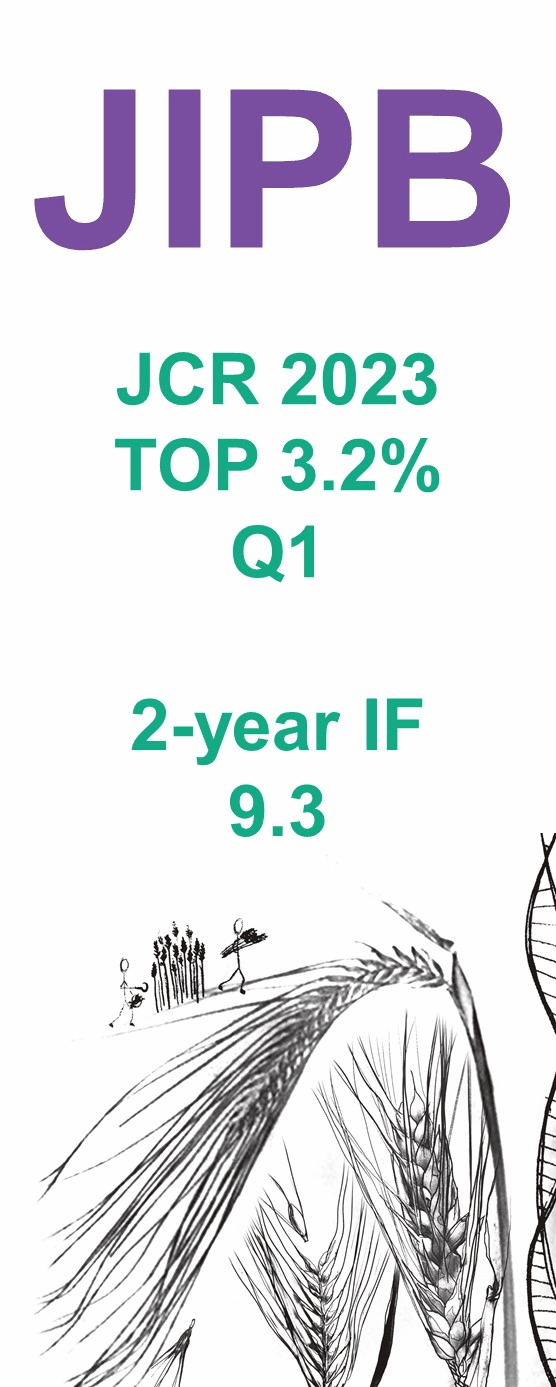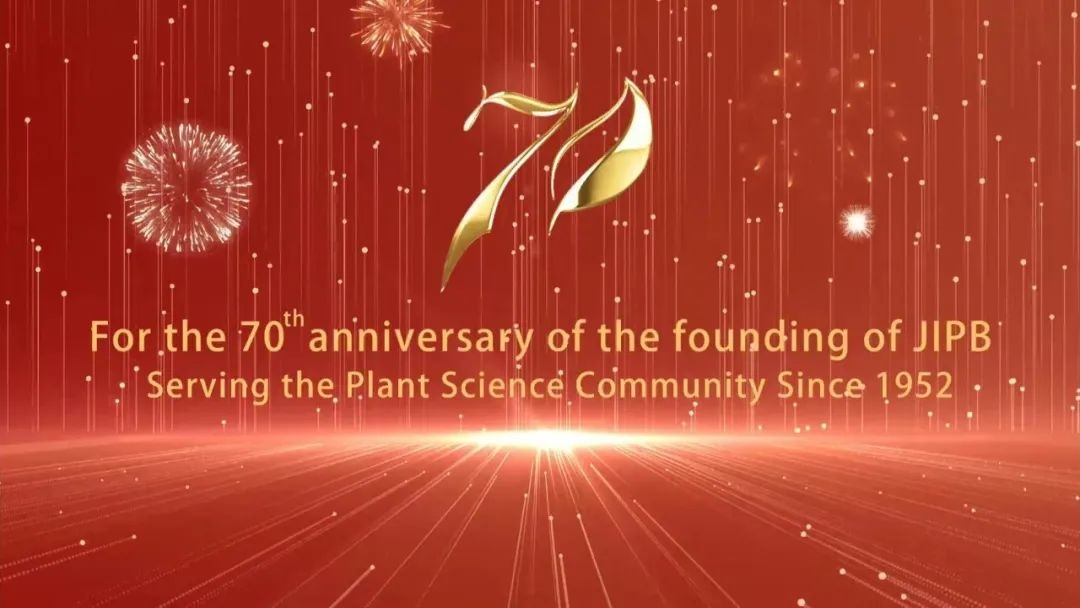-
Department of Molecular and Cellular Biology
The University of Arizona, Tucson, AZ, 85721, USA
Tel: +1-520-626-1186 Fax: +1-520-626-3709
E-mail: fetax@u.arizona.edu
http://mcb2.arizona.edu/tax/
Area of expertise: Roles of receptor kinases; intercellular signaling during development; hormone signaling; particularly brassinosteroids; cell fate establishment and maintenance; stem cells; embryogenesis; vascular development; pattern formation

Selected Publications:
Oh, M.H., Honey, S., and Tax, F. (2020). The control of cell expansion, cell division, and vascular development by brassinosteroids: A historical perspective. Int. J. Mol. Sci. 21: 1743
Xun, Q., Wu, Y., Li, H., Chang, J., Ou, Y., He, K., Gou, X., Tax, F., and Li, J. (2020). Two receptor-like protein kinases, MUSTACHES and MUSTACHES-LIKE, regulate lateral root development in Arabidopsis thaliana. New Phytol. 227: 1157-1173.
Li, H., Cai, Z., Wang, X., Li, M., Cui, Y., Cui, N., Yang, F., Zhu, M., Zhao, J., Du, W., He, K., Yi, J., Tax, F., Hou, S., Li, J., and Gou, X. (2019). SERK receptor-like kinases control division patterns of vascular precursors and ground tissue stem cells during embryo development in Arabidopsis. Mol. Plant 12: 984-1002.
Dimitrov, I., and Tax, F. (2018). Lateral root growth in Arabidopsis is controlled by short and long distance signaling through the LRR RLKs XIP1/CEPR1 and CEPR2. Plant Signal. Behav. 13: e1489667.
Racolta, A., Nodine, M., Davies, K., Lee, C., Rowe, S., Velazco, Y., Wellington, R., and Tax, F. (2018). A common pathway of root growth control and response to CLE peptides through two receptor kinases in Arabidopsis. Genetics. 208: 687-704.
Imkampe, J., Halter, T., Huang, S., Schulze, S., Mazzotta, S., Schmidt, N., Manstretta, R., Postel, S., Wierzba, M., Yang, Y., van Dongen, W., Stahl, M., Zipfel, C., Goshe, M., Clouse, S., de Vries, S., Tax, F., Wang, X., and Kemmerling, B. (2017). The Arabidopsis leucine-rich repeat receptor kinase BIR3 negatively regulates BAK1 receptor complex formation and stabilizes BAK1. Plant Cell 29: 2285-2303.
Sun, C., Yan, K., Han, J., Tao, L., Lv, M., Shi, T., He, Y., Wierzba, M., Tax, F., and Li, J. (2017). Scanning for new BRI1 mutations via TILLING analysis. Plant Physiol. 174: 1881-1896.
Shi, T., Huang, H., Sanderson, M., and Tax, F. (2014). Evolutionary dynamics of leucine-rich repeat receptor-like kinases and related genes in plants. J. Integr. Plant Biol. 56: 648–662.
Li, J., and Tax, F. (2013). Receptor-like kinases: Key regulators of plant development and defense. J. Integr. Plant Biol. 55: 1184–1187.
Wierzba, M., and Tax, F. (2013). Notes from the underground-receptor-like kinases in Arabidopsis root development. J. Integr. Plant Biol. 55: 1224–1237.
Nodine, M., Bryan, A., Racolta, A., Jerosky, K., and Tax, F. (2011). A few standing for many: RLKs in embryogenesis. Trends Plant Sci. 16: 211–217.
Nodine, M., Bryan, A., Racolta, A., Jerofsky, K., and Tax, F. (2011). A few standing for many: RLKs in embryogenesis. Trends Plant Sci. 16: 211–217.
Nodine, M., Yadegari, R., Tax, F.E. (2007). RPK1 and TOAD2 are two receptor-like kinases redundantly required for Arabidopsis embryonic pattern formation. Dev. Cell. 12: 943–956.
Morillo, S.A., and Tax, F.E. (2006). Functional analysis of receptor-like kinases in monocots and dicots. Curr. Opin. Plant Biol. 9: 460–469.
Li, J., Wen, J., Lease, K.A., Doke, J.T., Tax, FE., and Walker, J.C., (2002) BAK1, an Arabidopsis leucine-rich repeat receptor-like protein kinase, interacts with BRI1 and modulates brassinosteroid signaling. Cell 110: 213–222.
For Upcoming Special lssue:

 Scan the QR code to view JIPB on WeChat
Scan the QR code to view JIPB on WeChat











